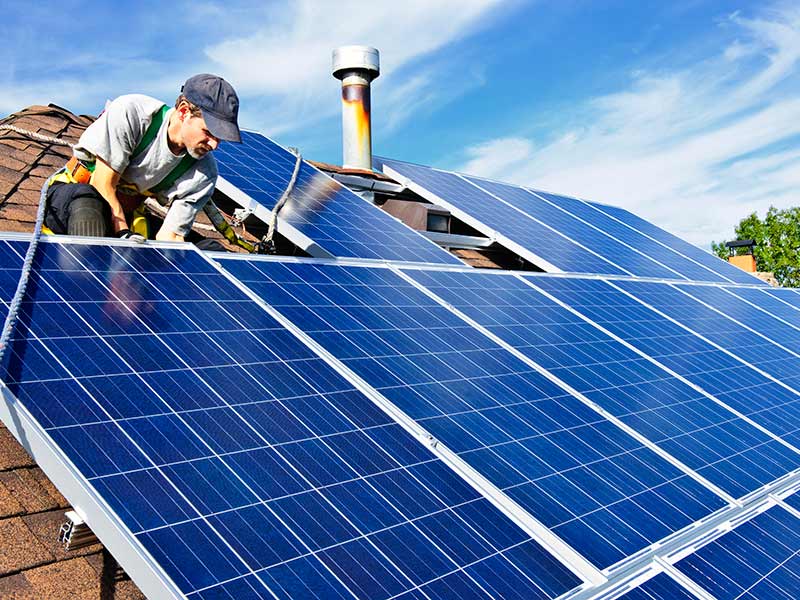What would you like to know about solar feed-in tariff?
What is a solar feed-in tariff?
A solar feed-in tariff is when a specific rate of payment is applied to solar power that is exported to the public grid by a grid connected solar system.
A feed-in tariff may be higher or lower than the retail rate of power. Some states such as Rhode Island offer solar feed-in tariffs well above the retail rate of power but in many other states and in specific utility territories there are what is known as avoided cost solar feed-in tariffs where an amount is paid for solar energy exported to the grid that is less than the retail rate of power.


Why is a solar feed in tariff different to net metering?
In around 30 states of America there is net metering law. What this means is that for every 1kWh or solar power that you export to the grid that you get a credit for 1kWh to use at another time.
So to think about it in terms of a spinning meter it is a meter that spins forward when you suck electricity in from the grid (say at night) and spins backwards when you export excess solar energy back to the grid (during the middle of the day). The key thing is that at the end of the billing period you are only billed for the net difference. So if you buy 1,000 kWh hours from the grid but export back 800 kWh then your bill would be for 200 kWh. With a feed in tariff both the import and the export and recorded separately. You are billed for your purchased power at the retail rate and you are credited for your exported power at the feed in tariff rate which can be higher or lower than the retail rate.
How much will I get paid for solar power that I export back to the grid?
Where there is a net metering law in place (most states) and you are not on a time of use tariff it is relatively easy to work out what you will be paid for solar you export to the grid as it is just your retail rate of power. However, in working this out it is important to remember that the solar will take usage off your top band of power that you were purchasing before installing solar, being the most expensive kWh of power.
